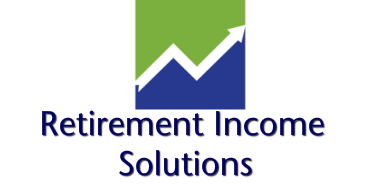Directly & indirectly, you might be able to save more per month than you think. Hidden paths to greater savings can be found at home and at work, and their potential might surprise you.
Little everyday things may be costing you dollars you could keep. Simply paying cash instead of using a credit card could save you four figures annually. An average U.S. household carries $9,000 in revolving debt; as credit cards currently have a 13% average annual interest rate, that average household pays more than $1,000 in finance charges a year.1
The typical bank customer makes four $60 withdrawals from ATMs a month – given that two or three are probably away from the host bank, that means $5-12 a month lost to ATM fees, or about $60-100 a year. A common household gets about 15 hard-copy bills a month and spends roughly $80 a year on stamps to mail them – why not pay bills online? Automating payments also rescues you from late fees.1
A household that runs full loads in washing machines and dishwashers, washes cars primarily with water from a bucket, and turns off the tap while shaving or brushing teeth may save $100 (or more) in annual water costs.1
Then, there are the big things you could do. If you are saving and investing for the future in a regular, taxable brokerage account, that account has a drawback: you must pay taxes on your investment income in the year it is received. So, you are really losing X% of your return to the tax man (the percentage will reflect your income tax rate).2
In traditional IRAs and many workplace retirement plans, you save for retirement using pre-tax dollars. None of the dollars you invest in those plans count in your taxable income, and the invested assets can grow and compound in the account without being taxed. This year and in years to follow, this means significant tax savings for you. The earnings of these accounts are only taxed when withdrawn.2,3
How would you like to save hundreds of dollars per month in retirement? By saving and investing for retirement using a Roth IRA, that is essentially the potential you give yourself. Roth IRAs are the inverse of traditional IRAs: the dollars you direct into them are not tax deductible, but the withdrawals are tax free in retirement (assuming you abide by I.R.S. rules). Imagine being able to receive retirement income for 20 or 30 years without paying a penny of federal income taxes on it in the years you receive it. Now imagine how sizable that income stream might be after decades of compounding and equity investment for that IRA.4
Many of us can find more money to save, today & tomorrow. Sometimes the saving possibilities are right in front of us. Other times, they may come to us in the future because of present-day financial decisions. We can potentially realize some savings by changes in our financial behavior or our choice of investing vehicles, without resorting to austerity.
Be sure to speak with a professional Retirement Planner to ensure you are choosing the best strategy for your personal situation and goals. If you have questions about structuring your golden years, please contact me today!
 Damian J. Sylvia
Damian J. Sylvia
Retirement Income Solutions
Office: 732-508-6044
Direct: 732-284-0902
Email: Damian@MyFinancialSolution.org
Website: RetirementSolutionsNJ.com
Citations.
1 – realsimple.com/work-life/money/saving/money-saving-secrets [7/13/17]
2 – investopedia.com/articles/stocks/11/intro-tax-efficient-investing.asp [8/5/16]
3 – blog.turbotax.intuit.com/tax-deductions-and-credits-2/can-you-deduct-401k-savings-from-your-taxes-7169/ [2/7/17]
4 – cnbc.com/2017/05/15/personal-finance-expert-do-these-6-things-to-save-an-extra-700-per-month.html [5/15/17]

